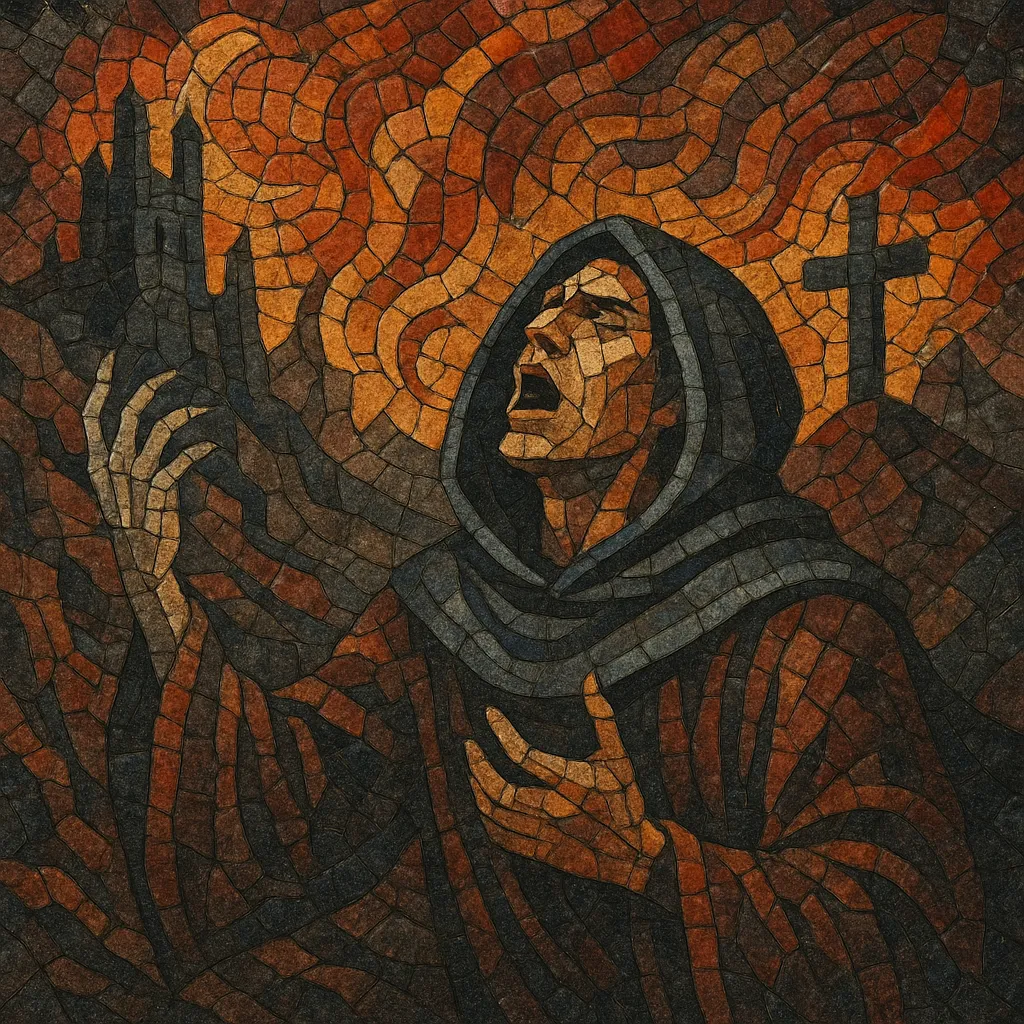Epic doom metal is a doom metal substyle that emphasizes grandeur, melodicism, and a solemn, heroic atmosphere.
It features slow to mid‑tempo, towering riffs; clear, dramatic, often operatic vocals; and lyrical themes drawn from mythology, tragedy, eschatology, fantasy, and historical epics. Compared with stoner/doom, its guitar tone is less fuzzy and more sculpted, with a crisp, heavy attack that leaves space for melodic leads and commanding vocals. Harmonic language leans on minor keys (often harmonic minor), stately chord movements, and memorable, anthem‑like motifs. Keyboards (organ, choir pads, mellotron) and choral overdubs are frequently used to heighten the monumental feel.
Epic doom metal coalesced in mid‑1980s Sweden, where Candlemass defined the style with Epicus Doomicus Metallicus (1986) and Nightfall (1987). Drawing on the heaviness and solemnity of doom metal and the melodic heroism of NWOBHM and classic heavy metal, Candlemass introduced operatic clean vocals and cathedral‑sized arrangements that set epic doom apart from both Sabbath‑derived traditional doom and the fuzzier, jam‑leaning strains of doom.
The 1990s saw the style spread internationally. In the United States, Solitude Aeturnus fused majestic riffing with lyrical, mournful leads, while While Heaven Wept developed a highly emotional, symphonic‑minded variant. Early work and demos by bands such as Sorcerer (Sweden) and the cult Russian band Scald further codified the sound’s mythic, valiant character. The period also overlapped with the emergence of doom‑death and the earliest funeral doom, both of which took cues from epic doom’s gravity and pacing, even as they adopted different vocal and textural approaches.
A 2000s revival cemented the genre’s identity. Isole (Sweden) and Procession (Chile/Sweden) released albums that balanced weighty riff architecture with soaring, lamenting melodies. Reverend Bizarre (Finland) popularized traditional/epic doom austerity, and festivals dedicated to doom brought international scenes into contact. Production values became clearer and more expansive while preserving the music’s monolithic impact.
Newer acts like Atlantean Kodex (Germany), Below (Sweden), Forsaken (Malta), and Crypt Sermon (USA) carried the torch, often merging epic heavy metal aesthetics with doom tempos and gravitas. Reissues elevated cult pioneers (e.g., Scald) to canonical status. The global scene remains robust, with an emphasis on powerful clean vocals, mythic storytelling, and a balance between stately heaviness and melodic exaltation.


